15 Countries That Enjoy Their Coffee Differently
15 Countries That Enjoy Their Coffee Differently

Coffee isn’t just a beverage; it’s a global passion that brings people together. Every country has its unique traditions and ways of enjoying this beloved drink. From the quick espresso shots in Italy to the leisurely cafe culture in France, coffee adapts to fit the lifestyle and customs of each place.
This exploration will take you around the world, showcasing how different cultures enjoy their coffee. Whether it’s through a ritual, a quick break, or a social gathering, coffee plays a central role in daily life across the globe.
Italy
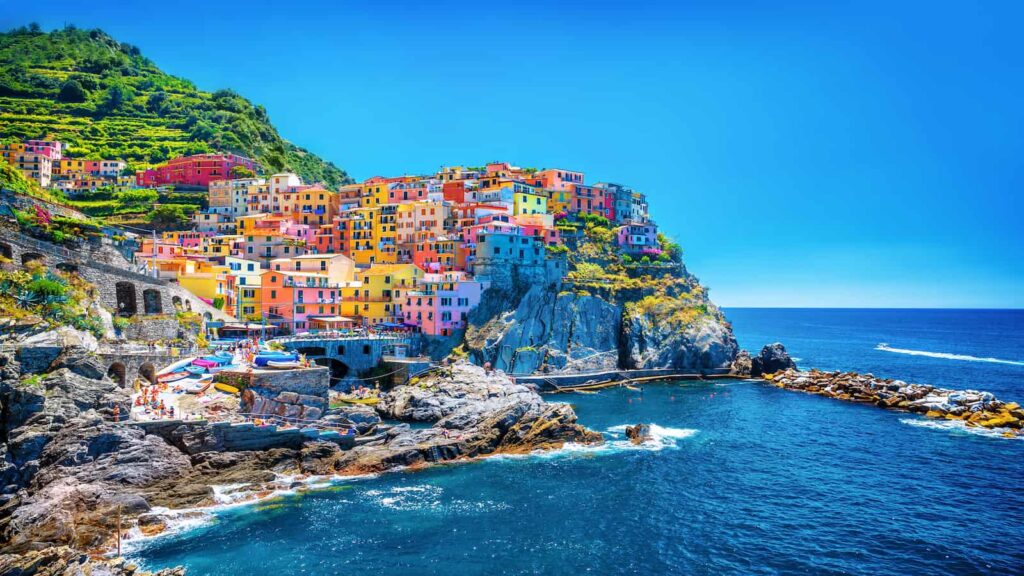
In Italy, espresso is more than just a coffee; it’s a cultural hallmark. This intense coffee shot is a staple in Italian life, usually consumed standing at the bustling counters of local bars. Quick, strong, and full of flavor, espressos cater perfectly to the fast-paced Italian lifestyle.
It’s common to see locals stopping by a bar for a quick sip on their way to work. The idea of savoring a cappuccino is reserved for mornings, with the creamy drink seen as too heavy for later times.
Turkey
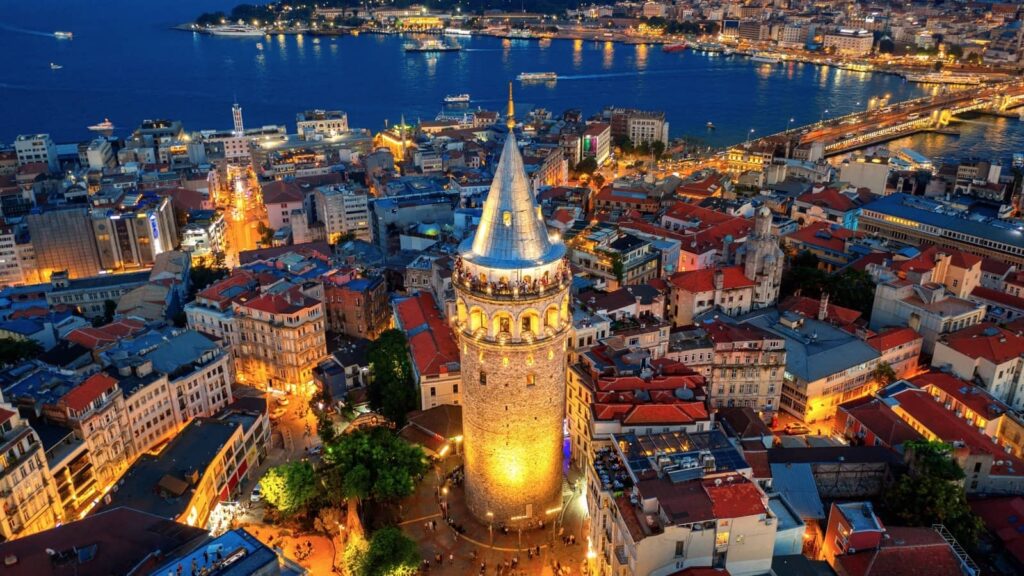
Turkish coffee’s significance goes beyond its strong taste; it is a cherished cultural ritual. This coffee is unique for its brewing method, where water and finely ground coffee beans are simmered together slowly in a pot called a cezve.
This method creates a distinctive thick, and rich flavor, making it a favorite during gatherings or intimate conversations. Often, it’s served with a sweet treat like Turkish delight, complementing the robust coffee and adding to the overall experience.
Ethiopia
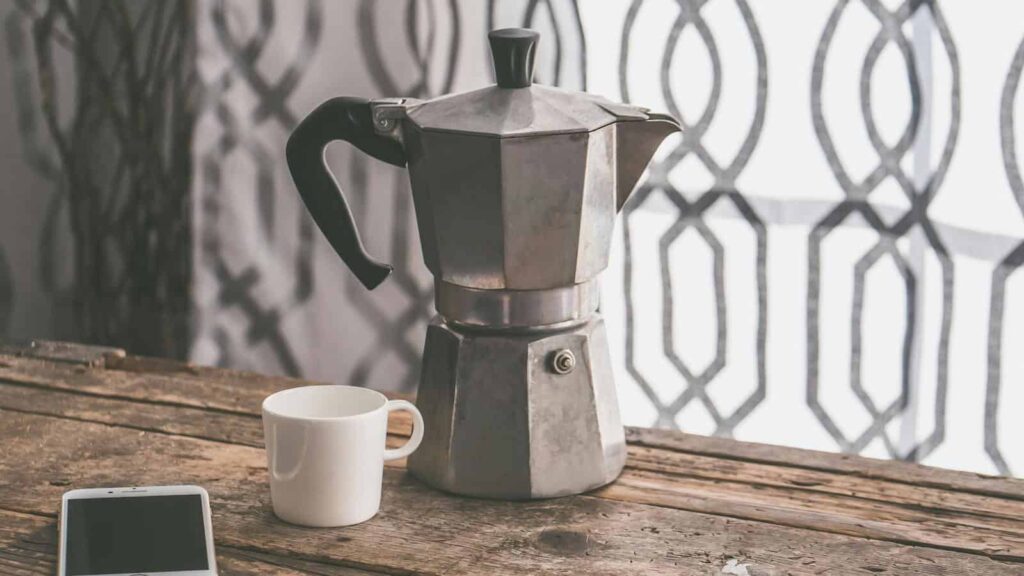
Ethiopia is often called the birthplace of coffee, and it honors this legacy through its elaborate coffee ceremonies. These gatherings are not just about drinking coffee but celebrating community and tradition.
The ceremony involves roasting green coffee beans, grinding them, and slowly brewing the coffee in a pot known as a jebena. This hours-long ritual is a way to welcome guests and enjoy each other’s company, making coffee a central part of Ethiopian social life.
Sweden
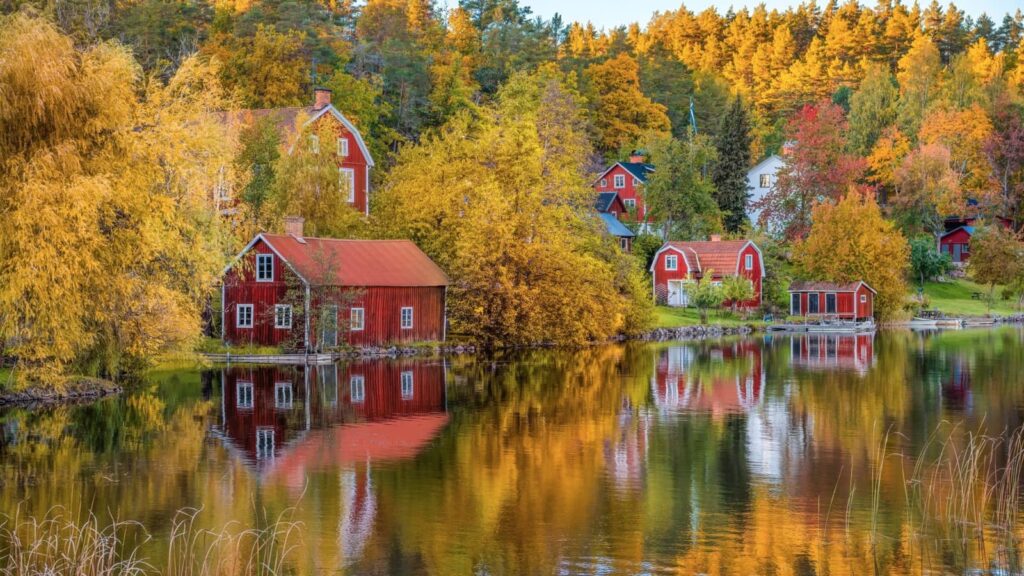
In Sweden, coffee breaks are known as Fika, a concept that embodies more than just a coffee pause; it’s about slowing down and appreciating the moment. Fika typically involves enjoying a cup of coffee coupled with pastries among friends or colleagues.
It’s a deeply ingrained Swedish tradition that emphasizes relaxation and camaraderie, often occurring several times throughout the day. This practice highlights how coffee can bridge the rush of daily life with moments of peace and enjoyment.
Japan
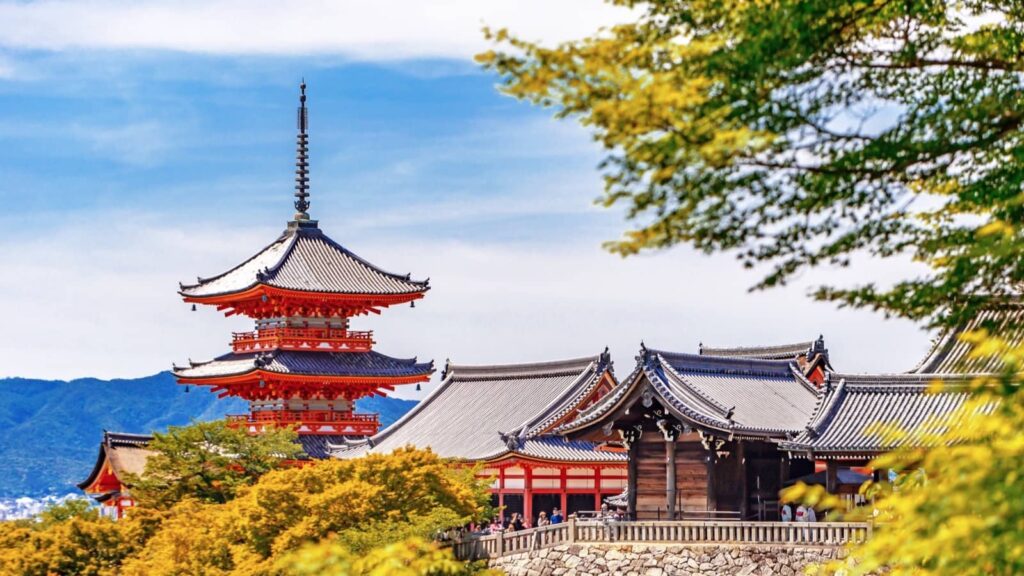
Japan offers a fascinating mix of old and new in its coffee culture. Traditional kissaten, or Japanese-style coffee houses, serve meticulously brewed coffee in a serene setting, reflecting the Japanese dedication to craftsmanship.
Meanwhile, Japan has also embraced modern coffee trends, with cold brew coffee becoming a popular choice, especially among the younger crowd. This blend of tradition and innovation makes Japanese coffee culture unique and dynamic.
France
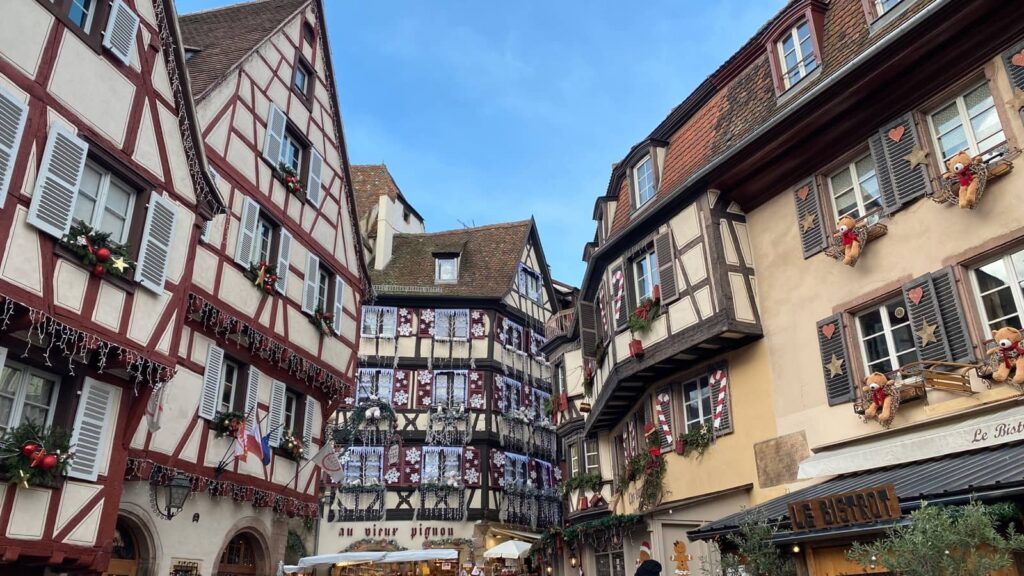
The French coffee scene is synonymous with cafes, where people spend hours sipping their favorite brews. Café au lait, a simple yet delightful combination of coffee and hot milk, is a morning favorite.
French cafes are not just places to drink coffee; they are venues for relaxation and social interaction, embodying the leisurely pace of French life. Whether sitting indoors or at a street-side table, enjoying a coffee in France is about embracing the art of living.
Vietnam
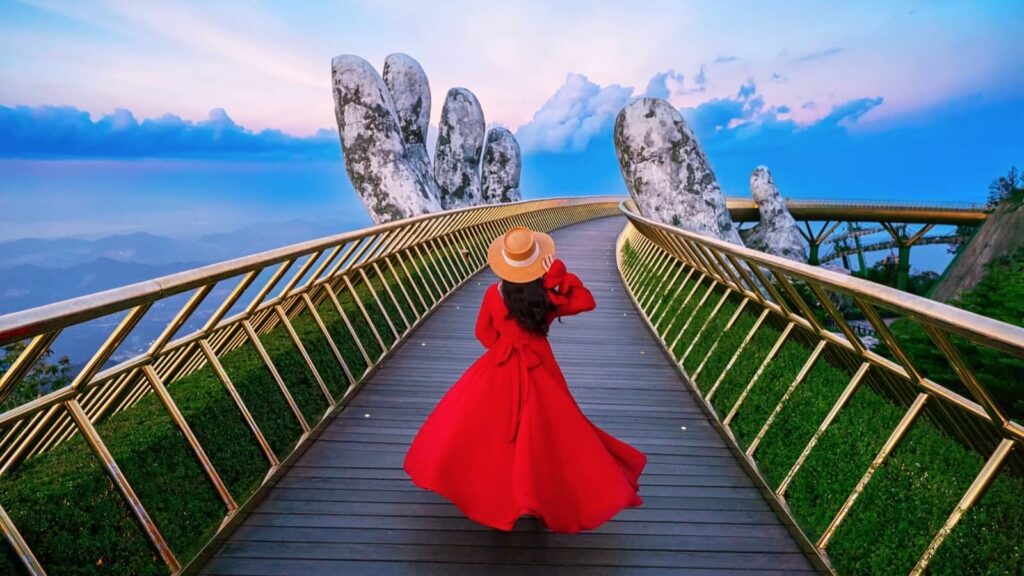
Vietnamese coffee is known for its distinctive preparation and bold flavors. Using a special drip filter known as a phin, coffee is brewed directly into a cup containing sweetened condensed milk.
This method results in a strong, flavorful cup of coffee, often enjoyed iced, known as cà phê sữa đá, to combat the hot climate. Vietnam’s coffee culture reflects its history and innovation, offering a unique experience that has gained popularity worldwide.
Brazil
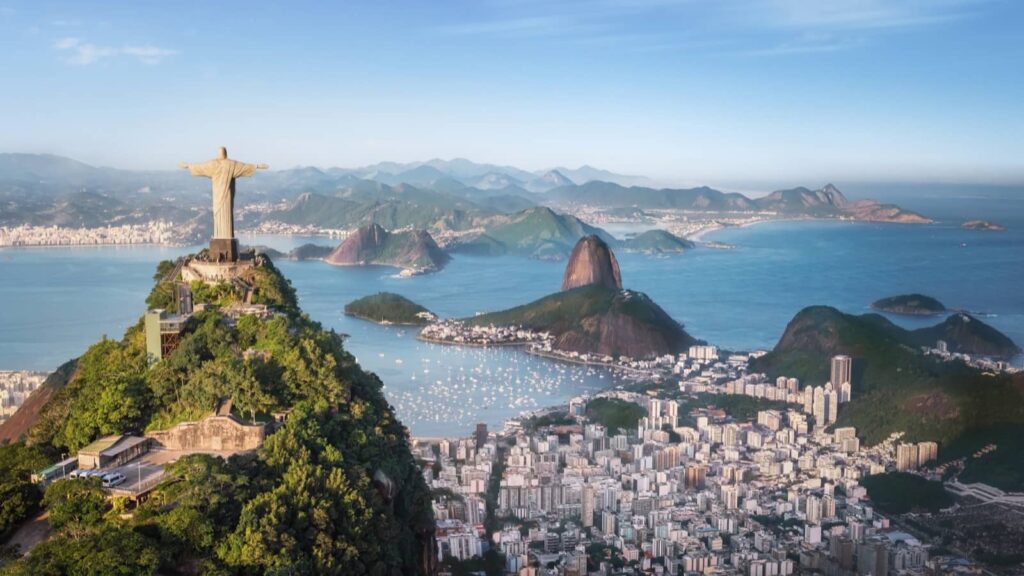
Brazil’s status as a top coffee producer is reflected in its daily life, where cafézinho, a small but potent coffee, is a staple. Served throughout the day, this coffee is a key part of social and business interactions, showing the social importance of coffee in Brazilian society.
Simple yet powerful, cafézinho is enjoyed quickly, akin to a friendly gesture, offering a momentary break to refresh and connect.
Greece
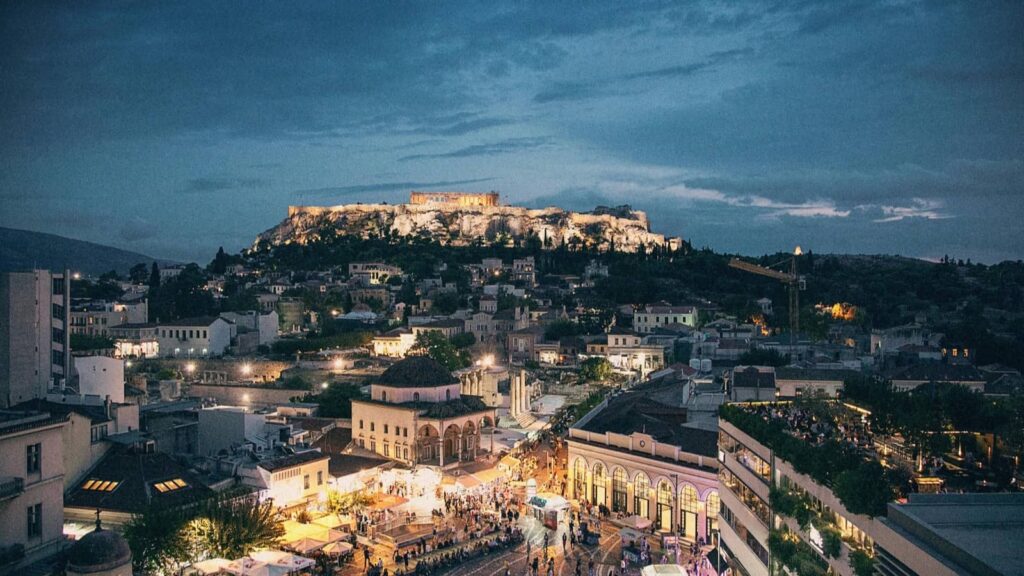
Greek coffee, similar to its Turkish counterpart, is enjoyed strong and rich, typically served in small cups. Alongside the traditional brew, the frappé is a modern favorite, especially in the summer months.
Made with instant coffee, water, and sugar, shaken to a froth, the frappé represents the adaptability of coffee to different tastes and climates, providing a cool respite during Greece’s hot days.
Australia
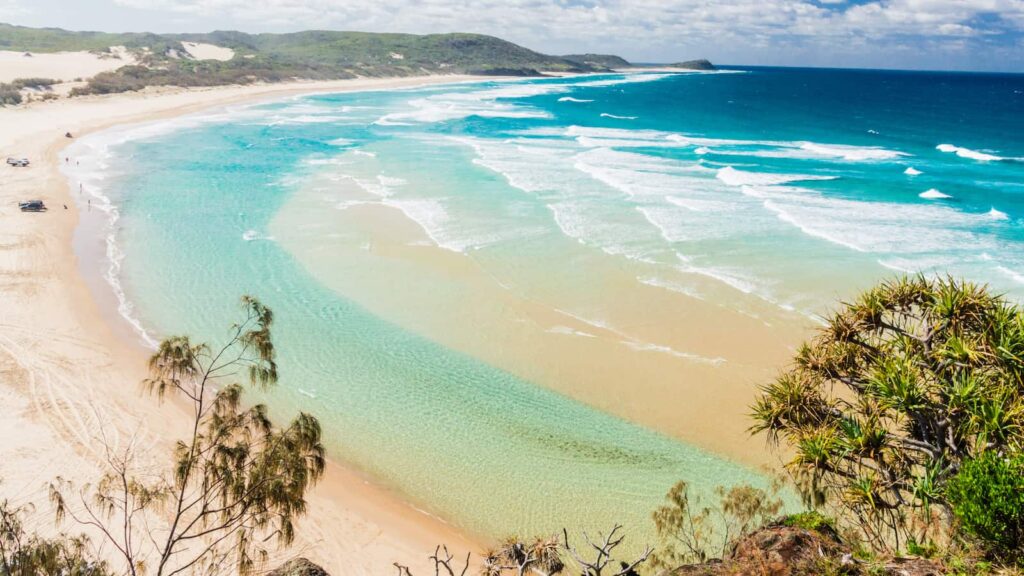
Known for its vibrant and discerning coffee scene, Australia excels in artisanal coffee preparation, particularly with drinks like the flat white. Independent coffee shops are central to Australian coffee culture, where emphasis is laid on the quality and source of the coffee.
This focus has cultivated a community of coffee enthusiasts who value both tradition and innovation in their coffee experiences.
Spain
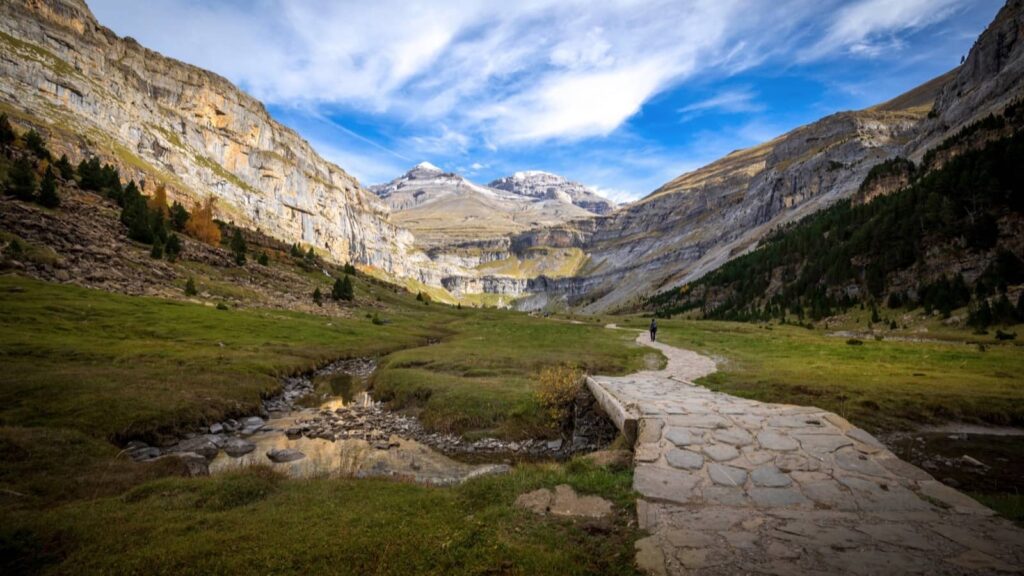
In Spain, coffee is an integral part of daily life. The cortado, an espresso “cut” with a touch of milk, is a popular choice, reflecting the Spanish approach to coffee – strong yet balanced.
Later in the day, many switch to café con leche, a milkier coffee drink, illustrating the adaptability of Spanish coffee culture to different times and tastes.
United States
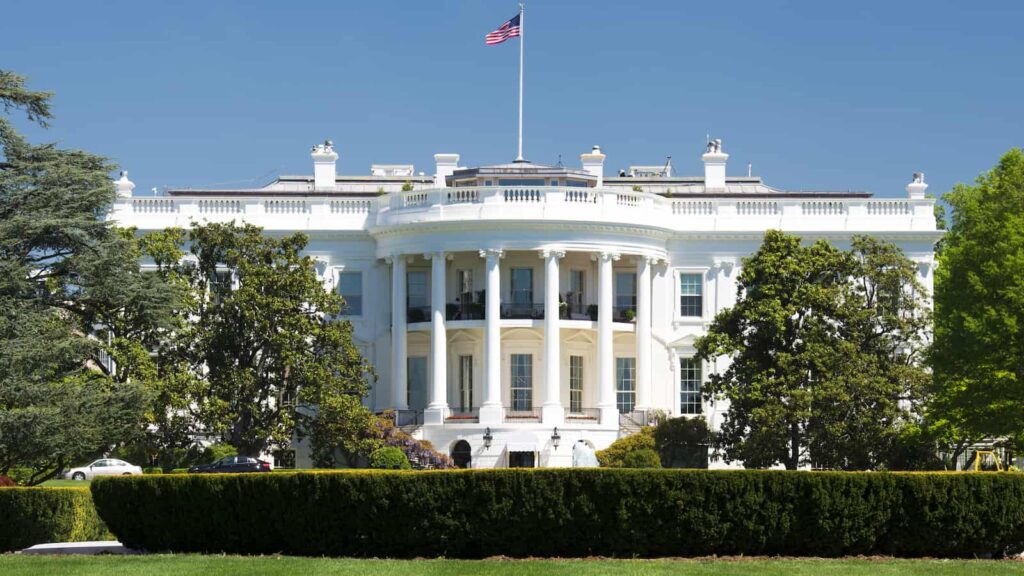
The coffee culture in the United States is characterized by its diversity, with a vast array of options available to suit any preference. From artisanal coffee shops to large chains like Starbucks, coffee is available in countless forms.
This variety reflects the melting pot of cultures in the U.S., each bringing their own traditions and preferences to the coffee experience, making it as diverse as the country itself.
Finland
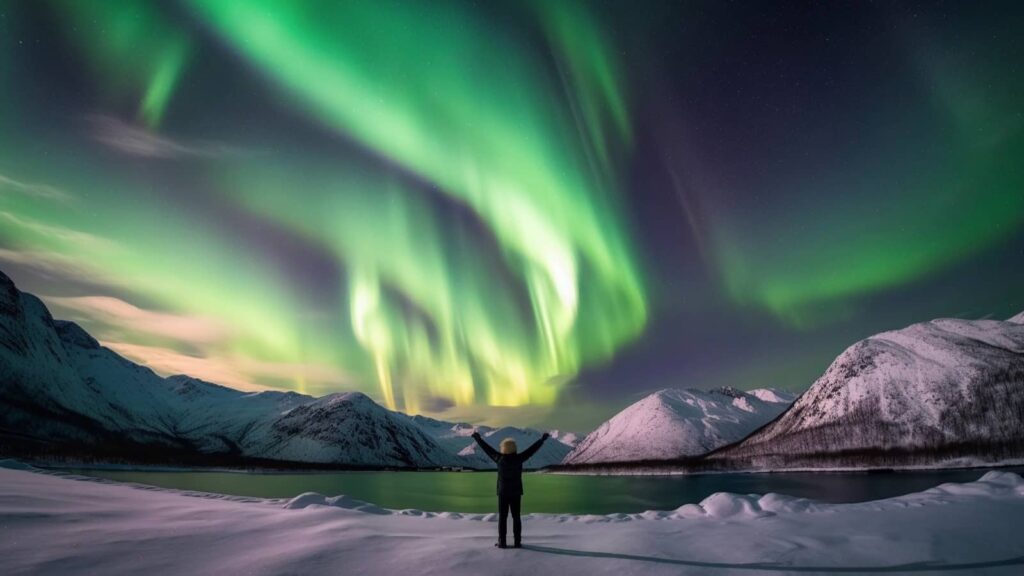
Finland’s love for coffee is seen in its consumption, which is among the highest in the world. Coffee in Finland is typically a light-roast filter coffee, enjoyed throughout the day, whether at home or during a break at work. This practice is not just about caffeine; it’s a part of Finnish hospitality, offering a warm welcome to guests and a cherished break for locals.
Cuba
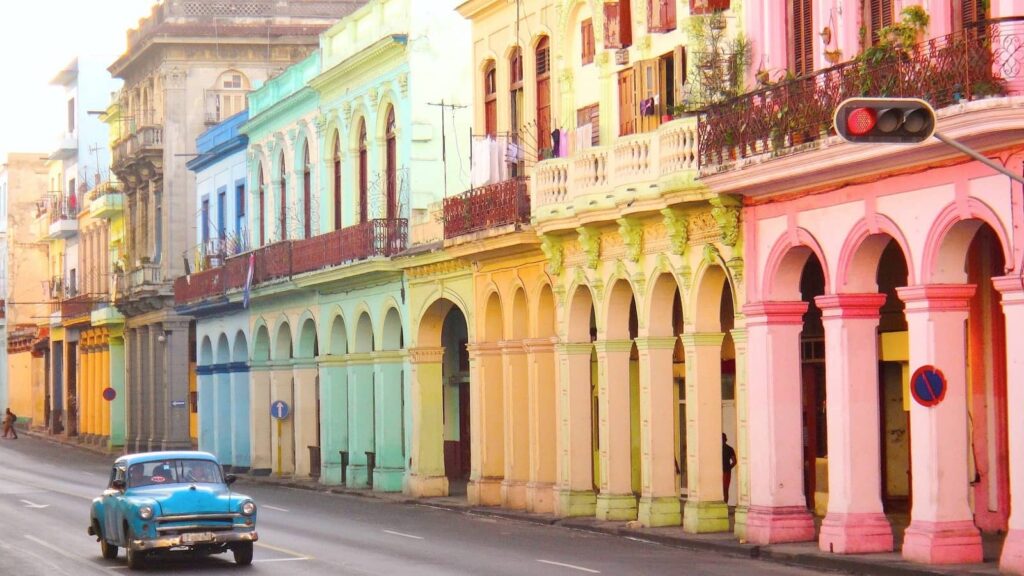
Cuban coffee, or cafecito, is as bold as it is sweet. Typically brewed with sugar directly in the espresso maker, this method creates a uniquely strong and sweet coffee.
Enjoyed throughout the day, cafecito serves as a quick pick-me-up and a reason to pause and enjoy the moment, making it a beloved ritual in Cuban daily life.
Morocco
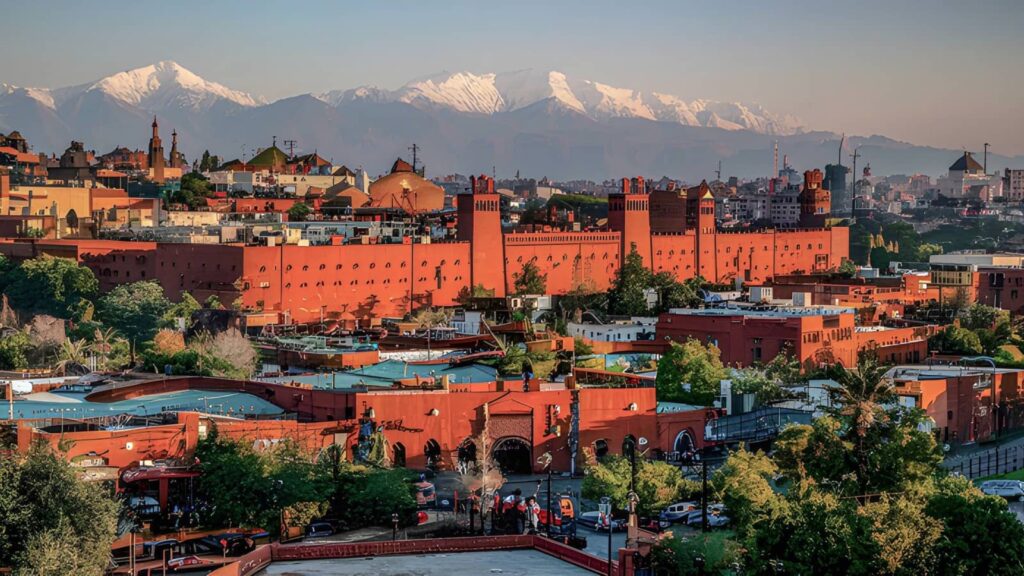
Moroccan coffee is often spiced with cardamom, cinnamon, and nutmeg, offering a flavorful twist to the traditional coffee. Served in small glasses, this spiced coffee is paired with sweet pastries, embodying Moroccan hospitality.
Whether shared with guests or enjoyed quietly, Moroccan coffee offers a warm, inviting experience that’s deeply rooted in the country’s culture and traditions.
We are Mary and Eric, the founders of Be Right Back, a blog dedicated to romance around the globe and at home.
We are Mary and Eric, the founders of Be Right Back, a blog dedicated to romance around the globe and at home. With over 10 years of experience in dating and traveling to romantic places, we share our favorite date ideas and romantic destinations to help couples level up their relationships. Having lived in and traveled through the USA, we also share our favourite things to do in the States.
With 70,000 monthly readers and 16,000 followers on social media, Be Right Back is your go-to resource for romantic trip ideas and couple activities at home and abroad.
